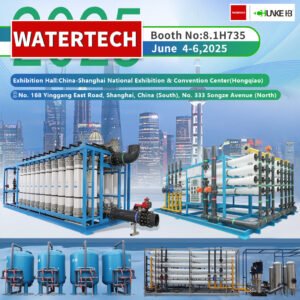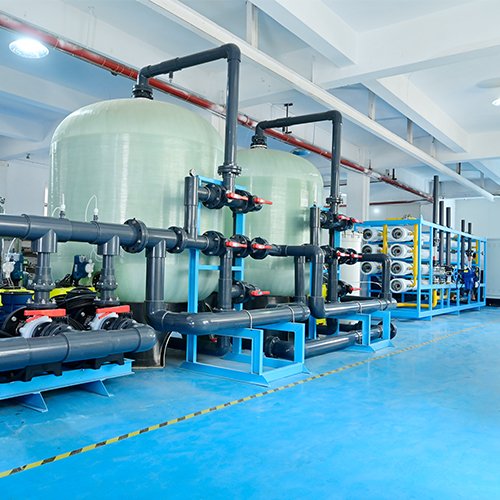
seawater Desalination System, in today’s industrial landscape, we face a growing challenge: the need for clean, fresh water in regions where it’s scarce. That’s where seawater desalination systems come into play. These innovative solutions have a profound influence on how we tackle water shortages, turning salt water into a valuable resource for various industrial applications. We’re seeing a revolution in water treatment technology, with desalination plants and watermakers becoming crucial to meet the rising demand for freshwater in industrial settings.
We’ll dive into the world of seawater desalination, exploring the key components that make these systems tick. From reverse osmosis desalination systems to marine desalination units, we’ll uncover the technology behind turning seawater into drinking water. We’ll also look at how to optimize these processes for industrial use, ensuring high performance and efficiency. By the end, you’ll have a clear picture of how seawater treatment systems are shaping the future of industrial water supply and why they’re essential to achieving the best solution for water scarcity challenges.
Understanding Seawater Desalination Technology
We’ve been using desalination technology for the better part of a century to bring freshwater and development to areas that might have otherwise remained unproductive. In the late 1960s, reverse osmosis (RO) emerged as a game-changer, requiring considerably less energy than distillation. Today, it’s the most widely used method for desalination in the United States.
Reverse Osmosis Process
At Chunke Water Treatment, we’re proud to be at the forefront of this technology. Our seawater desalination systems use high-performance RO membranes to separate salt from water. The process is simple yet ingenious: we apply pressure to push seawater through a semi-permeable membrane. This special layer allows only certain molecules to pass, letting pure H2O slip through while leaving salts and impurities behind.
The heart of our RO systems consists of two key components: high-pressure feed pumps and RO membranes. We use topquality Danfoss pumps to supply the pressure needed, which can range from about 150 psi for slightly brackish water to 800 – 1,000 psi for seawater.
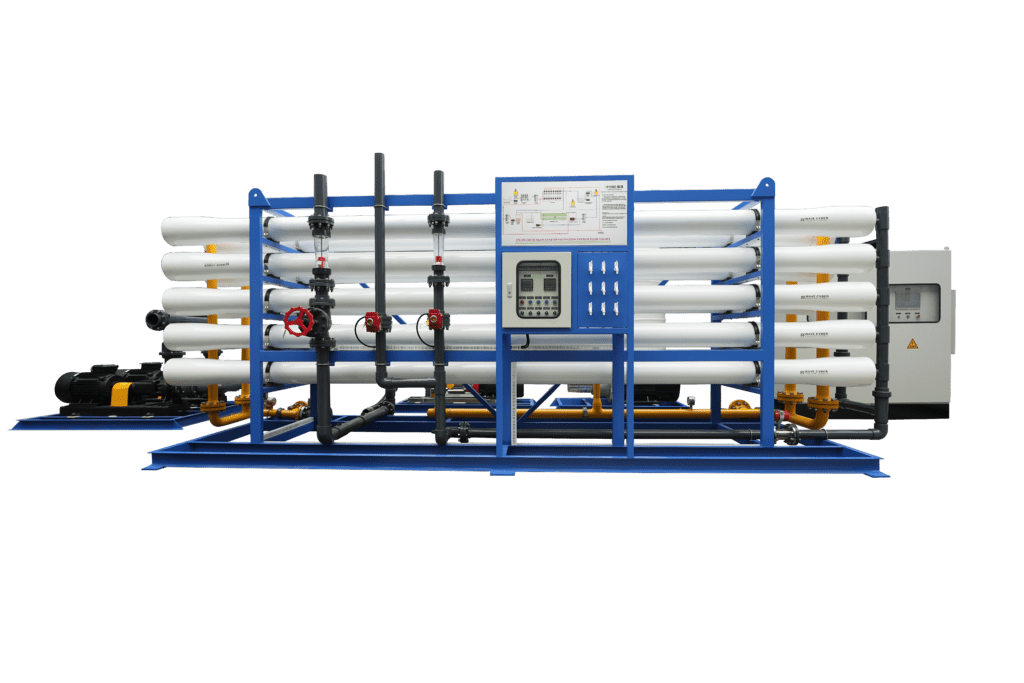
Pre-treatment and Post-treatment Stages
Pre-treatment is crucial in RO because the membrane surfaces must remain clean. We remove all suspended solids and pretreat the water to prevent salt precipitation or microbial growth on the membranes. This may involve conventional methods like chemical feed followed by coagulation/flocculation/sedimentation and sand filtration, or advanced membrane processes such as microfiltration (MF) and ultrafiltration (UF).
Post-treatment is equally important. After desalination, we re-harden the permeate to prevent corrosion in distribution networks, adjust pH and CO2 content for scaling prevention, and disinfect the water. Our post-treatment processes typically include disinfection and corrosion control and can include degasification if necessary.
Energy Recovery Systems
We’re committed to sustainability, which is why we’ve incorporated energy recovery devices (ERDs) into our systems. These innovative devices recover hydraulic energy from the concentrate stream, reducing overall energy consumption by 25-40%. We primarily use isobaric chamber ERDs, which have an impressive efficiency of 95-97%.
Our use of ERDs, combined with high-efficiency membranes, has allowed us to significantly reduce the specific energy consumption (SEC) of our plants. While older technologies could consume over 6 kWh/m3, our systems can achieve SECs as low as 3 kWh/m3.
At Chunke Water Treatment, we’re not just providing water – we’re delivering high-performance, high-technology, and highefficiency solutions at an affordable price. Our use of Duplex 2205 or 2207 pipes ensures you’ll never face corrosion or rust problems, making our systems a long-lasting and reliable choice for your desalination needs.
Key Components of Industrial Desalination Systems
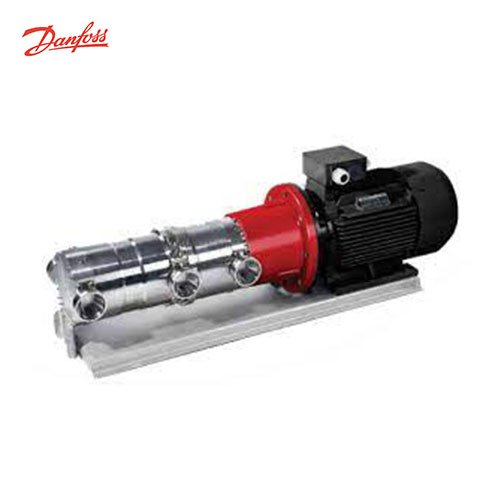
High-Pressure Pumps
In our seawater desalination systems, we use top-quality Danfoss pumps to supply the necessary pressure. These pumps are crucial as they can account for up to 80% of the total specific energy consumption in a seawater reverse osmosis (SWRO) plant. We’ve found that axial piston pumps offer the best efficiency for high-pressure applications, with market-leading efficiencies around 91-92%.
Our DHP series pumps, including models DHP4.5, DHP5.3, DHP6.3, DHP7.2, and DHP8.2, are positive displacement pumps with 9-pistons. They’re designed for use in reverse osmosis applications with low viscosity and corrosive fluids like seawater and brackish water. These pumps have several advantages:
1. Simple structure, small size, and light weight
2. Low pressure fluctuation and high working pressure
3. No need for lubricating oil, with long maintenance periods
4. Integrated flushing check valve for system flushing and discharge
Membrane Assemblies
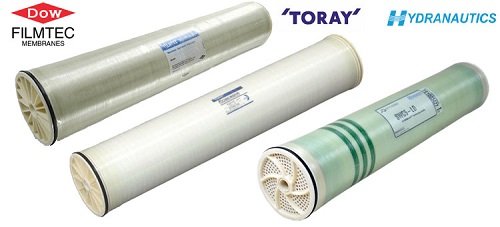
Our seawater RO membrane elements are among the finest in the industry. We use high-performance RO membranes that can reject more than 99% of salt from the feed water. Our systems incorporate rinsing and chemical purifying apparatus to eliminate sodium chloride, prevent scaling, and maintain system performance.
We’re proud to offer FilmTec™ Seamaxx™, SW30HRLE, SW30XFR, SW30XHR, and SW30XLE membranes. These advanced membranes can help reduce lifecycle costs and extend membrane life. For instance, the FilmTec™ Seamaxx™-440 Elements are ideal for seawater systems operating at low to medium levels of salinity and temperature.
Control and Monitoring Systems
We use DIASYS as our control and monitoring system, which has been successfully installed in many seawater desalination plants. DIASYS offers:
1. Large-size controllers (MPS: Multiple Process Station) and small-size controllers (CPS: Compact Process Station)
2. High system reliability with redundancy for CPU data processing module, network modules, and power unit
3. Easy-to-operate operator stations using the Microsoft Windows operating system
4. Various operation-assisting functions, performance and stress calculation functions, and a training simulator
These components work together to ensure our seawater desalination systems deliver high-performance, high-technology, and high-efficiency solutions at an affordable price. Our use of Duplex 2205 or 2207 pipes guarantees long-lasting
performance without corrosion or rust problems.
Optimizing Desalination for Industrial Applications
Customizing System Capacity
At Chunke Water Treatment, we understand that every industrial application has unique water needs. That’s why we offer customizable seawater desalination systems with capacities ranging from 1.5 to 100 TPD. Our equipment is tailored to meet specific customer requirements, including assembly form, capacity, appearance, and system composition. For largerscale operations, we can provide solutions with capacities up to 660,000 GPD, capable of handling feed water with a maximum TDS of 42,000 ppm.
Enhancing Energy Efficiency
We’re committed to optimizing energy consumption in our desalination systems. Since the 1980s, the energy required for seawater desalination has decreased by approximately 80% . Our systems incorporate energy recovery devices (ERDs) that
capture and reuse energy from the high-pressure concentrate stream, significantly reducing overall energy consumption. We use Danfoss pumps and ERDs to achieve high efficiency and lower operational costs.
Ensuring Water Quality
Water quality is paramount in industrial desalination. Our systems are designed to meet stringent quality standards, with effluent quality complying with GB5749-2006 drinking water quality standards. We employ advanced monitoring techniques to ensure consistent water quality:
1. Salinity monitoring to verify effective salt removal
2. pH level control (6.5-8.5 range) for optimal water chemistry
3. Turbidity measurement to ensure clarity and minimize suspended solids
4. Specific ion monitoring (calcium, magnesium, sulfate, chloride, heavy metals)
5. Microbiological testing to eliminate pathogens
We use high-quality reverse osmosis membranes from Dow, capable of rejecting up to 99% of salt particles and impurities. Our systems also feature over-pressure and under-pressure protection mechanisms to maintain optimal performance and prevent equipment damage.
Conclusion
Seawater desalination systems are transforming the industrial landscape, offering a game-changing solution to water scarcity challenges. Chunke Water Treatment’s innovative approach combines high-performance technology with affordability, ensuring reliable access to clean water for various applications. By using top-notch components like Danfoss pumps and energy recovery systems, these desalination units not only deliver superior performance but also help to cut down on energy consumption, making them a smart choice for industries looking to balance efficiency with sustainability.
The future of industrial water supply is bright, thanks to these cutting-edge desalination technologies. With customizable capacities and a focus on water quality, these systems are well-equipped to meet the unique needs of different industries. If you want to get more information about our Seawater Desalination System, please fill in form and send to us or from WhatsApp Button leave a message. As we continue to push the boundaries of what’s possible in water treatment, it’s clear that seawater desalination will play a crucial role in shaping a more water-secure future for industries worldwide.
FAQs
What does industrial desalination entail?
Industrial desalination refers to the process of removing salts and other minerals from water to make it suitable for human consumption, irrigation, or industrial purposes.
What is the cost range for building a commercial desalination plant?
Constructing a commercial desalination plant capable of processing 50 million gallons of seawater per day through reverse osmosis typically costs between USD 300 million and over USD 1 billion. This cost variance depends on factors such as the plant’s location, configuration, site conditions, and the financing methods employed.
Can you explain the commercial desalination process?
Commercial desalination, specifically of saltwater, involves a process called reverse osmosis. This method effectively removes salt and other impurities from seawater, making the water suitable for drinking, irrigation, and various industrial uses.
Which desalination system is considered the most efficient?
Reverse osmosis is recognized as the most efficient desalination technology, primarily due to its cost-effectiveness in purifying water.

